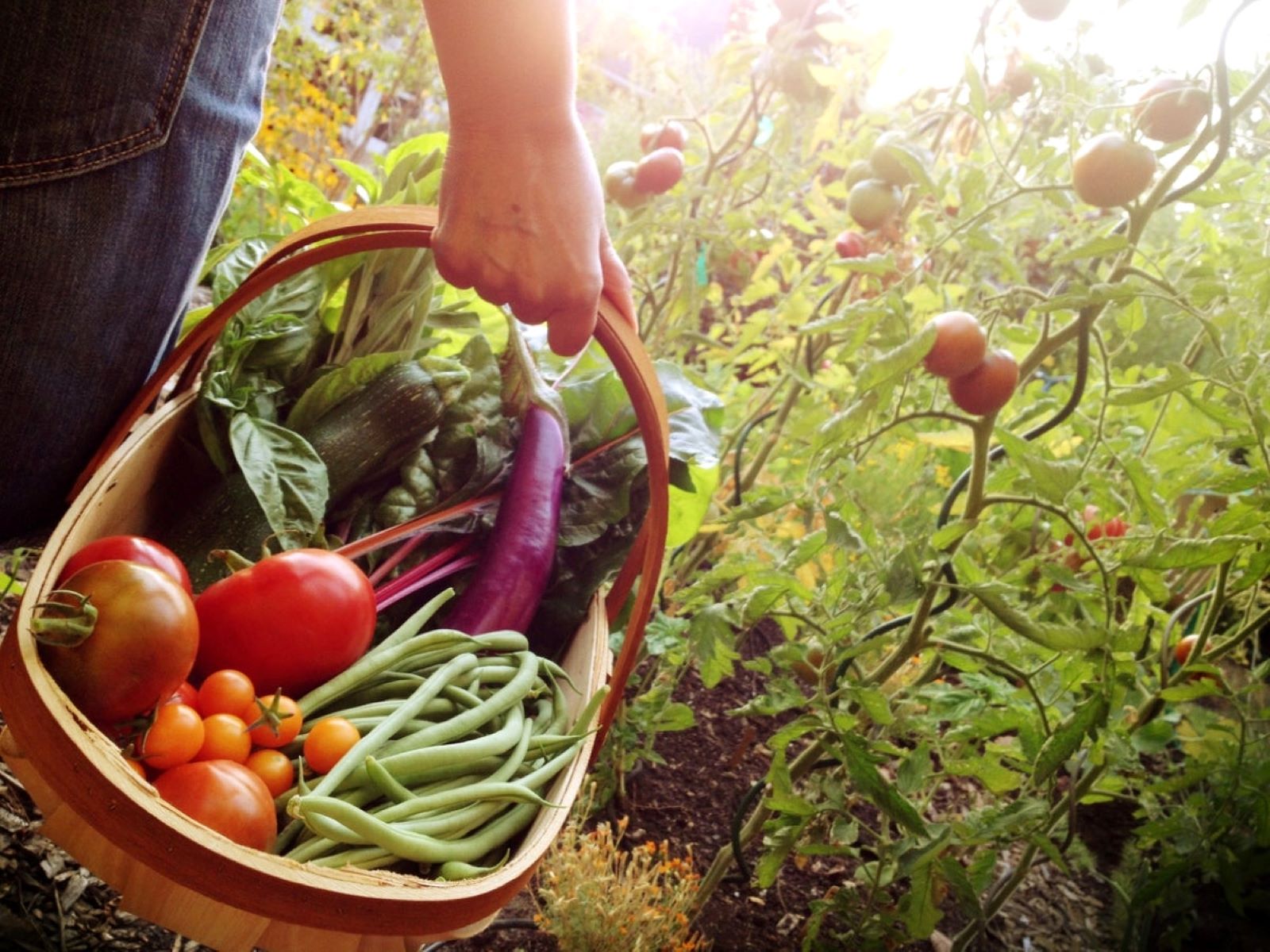

Articles
How To Store Vegetables From Garden
Modified: February 22, 2024
Learn how to store vegetables from your garden in this informative articles. Keep your harvest fresh for longer with these helpful tips.
(Many of the links in this article redirect to a specific reviewed product. Your purchase of these products through affiliate links helps to generate commission for Storables.com, at no extra cost. Learn more)
Introduction
Growing your own vegetables in a garden can be a rewarding and satisfying experience. Not only do you get to enjoy the freshest produce possible, but you also have the freedom to choose what seeds to plant and how to care for your plants. However, once it’s time to harvest your vegetables, it’s important to know how to properly store them to maintain their freshness and flavor for as long as possible.
Proper storage is crucial because it helps to preserve the nutrients, texture, and taste of your garden vegetables. It can also help minimize waste and save you money by reducing spoilage. Plus, when you store your own vegetables, you have the advantage of knowing exactly where your food comes from and how it has been handled.
In this article, we will explore some common mistakes to avoid when storing garden vegetables and provide you with the best practices for storing different types of vegetables. Whether you have a surplus of tomatoes and peppers, leafy greens and herbs, or various root vegetables, we’ve got you covered! So, let’s dig in and discover how to store your garden vegetables to perfection.
Key Takeaways:
- Store vegetables whole to extend shelf life, retain flavors, and minimize spoilage. Proper storage conditions and regular maintenance are essential for maximizing freshness and reducing waste.
- Handle vegetables with care, remove excess moisture, and utilize proper storage containers to ensure longer shelf life and enjoy the full flavors and nutritional benefits of homegrown produce.
Read more: How To Store Green Peppers From The Garden
Why is proper storage important for vegetables from the garden?
Proper storage is essential for vegetables from the garden because it helps to maintain their freshness, flavor, and nutritional value. When you take the time to store your vegetables correctly, you can extend their shelf life and enjoy them for weeks or even months after harvest. Here are a few reasons why proper storage is important:
- Prolonged freshness: By storing your vegetables properly, you can slow down the natural ripening and decay process. This means that you can enjoy your garden produce for a longer period of time, reducing waste and ensuring that they are as fresh as possible when you’re ready to use them.
- Preserved flavor: Vegetables that are stored correctly retain their flavor and texture. Improper storage can result in flavor loss, as vegetables can become bland or develop an unpleasant taste. By storing them correctly, you can preserve their natural flavors and enjoy the full taste of your homegrown produce.
- Retained nutrients: Proper storage methods help preserve the nutritional value of garden vegetables. Some vitamins, such as vitamin C and certain B vitamins, can be lost when vegetables are exposed to light, air, or improper temperatures. By storing them in the optimal conditions, you can preserve the nutrient content and ensure that you’re getting the most out of your homegrown vegetables.
- Minimized waste: When vegetables aren’t stored properly, they are more likely to spoil quickly, leading to waste. By practicing proper storage techniques, you can minimize waste and make the most of your garden harvest. This can help you save money and reduce your environmental impact by avoiding unnecessary food waste.
- Convenient availability: Properly stored vegetables are readily available whenever you need them. Whether you’re planning a meal or want a healthy snack, having a well-stocked supply of garden vegetables on hand ensures that you have easy access to nutritious and fresh ingredients.
Now that we understand the importance of proper storage, let’s explore some common mistakes to avoid to ensure that your garden vegetables stay fresh and flavorful for as long as possible.
Common mistakes to avoid when storing garden vegetables
When it comes to storing garden vegetables, there are some common mistakes that many people make. These mistakes can lead to premature spoilage, loss of flavor, and decreased nutrient content. To ensure that your vegetables stay fresh and delicious, here are some common mistakes to avoid:
- Washing vegetables before storage: While it may be tempting to wash your vegetables right after harvest, it’s best to wait until you’re ready to use them. Washing vegetables before storage can introduce moisture, which can cause them to spoil faster. Instead, gently brush off any dirt and store them as they are.
- Storing all vegetables together: Different vegetables have different storage requirements. Storing all vegetables together in the same container or bag can cause them to spoil faster. Some vegetables, like onions and potatoes, release gases that can accelerate the spoilage of other vegetables. It’s best to store vegetables separately or group them according to their specific storage needs.
- Improper temperature and humidity: Temperature and humidity play a crucial role in vegetable storage. Storing vegetables in areas that are too warm or too cold can lead to spoilage. Additionally, some vegetables prefer high humidity, while others need lower humidity. It’s important to understand the specific temperature and humidity requirements of each vegetable and store them accordingly.
- Exposure to light: Many vegetables are sensitive to light and can develop off flavors and colors when exposed. To prevent this, store vegetables in a cool, dark place, away from direct sunlight. This will help maintain their quality and prevent any unwanted changes.
- Storing damaged or overripe vegetables: It’s crucial to inspect your vegetables before storing them. Remove any damaged or overripe vegetables, as they can cause the surrounding ones to spoil faster. Store only the fresh and healthy ones to prolong their shelf life.
- Ignoring airflow: Good airflow is important for vegetable storage, as it helps prevent the buildup of moisture and the growth of mold and bacteria. Avoid overcrowding your vegetables and allow for proper ventilation. This can be achieved by using mesh bags, perforated containers, or storing vegetables on open shelves.
By avoiding these common mistakes, you can significantly improve the shelf life and quality of your garden vegetables. Now that we know what to avoid, let’s dive into the best practices for storing different types of vegetables.
Best practices for storing different types of vegetables
Properly storing different types of vegetables is crucial for maintaining their freshness and quality. Each vegetable has its own specific requirements for temperature, humidity, and storage method. Here are some best practices for storing different types of vegetables:
Root vegetables
Root vegetables such as carrots, beets, potatoes, and onions should be stored in a cool, dark, and well-ventilated place. Ideally, the temperature should be around 32 to 40°F (0 to 4°C) with a humidity level of 90 to 95%. Remove any tops or greens from the root vegetables before storage to prevent them from drawing out moisture. Store potatoes and onions separately as they can release gases that accelerate spoilage in other vegetables.
Read more: How To Store Brussel Sprouts From The Garden
Leafy greens and herbs
Leafy greens like lettuce, spinach, and kale are best stored in the refrigerator. Firstly, remove any damaged or wilted leaves and wash the greens gently before storing. Then, place them in a plastic bag or an airtight container lined with paper towels to absorb excess moisture. This will help to maintain the freshness and crispness. Herbs, such as basil, parsley, and cilantro, can be stored similarly but may also benefit from being placed in a glass of water, like a bouquet.
Tomatoes and peppers
Tomatoes and peppers are best stored at room temperature, away from direct sunlight. If they are not fully ripe, you can place them in a paper bag to ripen faster. Once ripe, store them on the countertop, stem-side down. Avoid storing tomatoes in the refrigerator as it can affect their taste and texture. Peppers can be stored similarly but can be refrigerated for longer shelf life.
Cruciferous vegetables
Cruciferous vegetables, such as broccoli, cauliflower, cabbage, and Brussels sprouts, should be stored in the refrigerator. Keep them in a perforated plastic bag or wrap them loosely in a damp paper towel to maintain moisture. Avoid washing cruciferous vegetables before storing, as it can introduce excess moisture and promote spoilage. Trim off any damaged or yellowing leaves before storing.
Storing vegetables whole vs. cut
In general, it’s best to store vegetables whole to preserve their freshness. Once cut, vegetables tend to spoil faster as they are exposed to air and bacteria. However, if you need to cut vegetables in advance, store them in airtight containers or resealable bags in the refrigerator. Make sure to remove any excess moisture and use them within a few days for optimal quality.
By following these best practices for storing different types of vegetables, you can maximize their shelf life, maintain their flavor and texture, and enjoy the fruits of your garden labor for an extended period.
Now that we have explored the best practices for storing different types of vegetables, let’s move on to some additional tips for maximizing the shelf life of garden vegetables.
Read more: How To Store Fresh Peppers From The Garden
Root vegetables
Root vegetables, such as carrots, beets, potatoes, and onions, are hearty and versatile ingredients that can be stored for long periods if stored properly. The key to storing root vegetables is to provide them with the right conditions that mimic their natural environment. Here are some guidelines for storing root vegetables:
Carrots:
Carrots should be stored in a cool and humid environment to prevent them from drying out. Trim off the green tops, as they draw out moisture and can cause the carrots to spoil faster. Place unwashed carrots in a perforated plastic bag or wrap them in a damp paper towel before storing them in the refrigerator. Carrots stored this way can last for several weeks.
Beets:
Beets should be stored in a cool and moist environment, similar to carrots. Remove the beet greens, leaving about an inch of the stem intact, to prevent moisture loss. Store beets in a perforated plastic bag or wrap them in a damp paper towel before placing them in the crisper drawer of the refrigerator. Beets can last for a few weeks when stored properly.
Potatoes:
Potatoes prefer cool, dark, and dry conditions for storage. They should be stored in a well-ventilated area, away from light and moisture, as these conditions can cause potatoes to sprout or turn green. Avoid washing potatoes before storage, as the moisture can lead to spoilage. Instead, brush off any dirt and place them in a paper bag or a mesh bag within a cool pantry or cellar. Stored properly, potatoes can last for several months.
Read more: How To Store Peppers From The Garden
Onions:
Onions need a dark, dry, and well-ventilated space for storage. Avoid storing them near potatoes, as the gases released by potatoes can cause onions to spoil faster. Remove any outer layers of dry or damaged skin before storing. Onions can be stored in a mesh bag, a pantyhose, or a wire basket, allowing for airflow that helps prevent moisture buildup. Kept in the right conditions, onions can last for several months.
Tips for storing root vegetables:
- Avoid washing before storage: Keeping root vegetables unwashed until you are ready to use them helps to prevent moisture buildup and maintain their freshness.
- Check regularly for spoilage: Inspect your stored root vegetables regularly and remove any that show signs of rot or decay to prevent it from spreading to other vegetables.
- Separate different types of vegetables: As mentioned earlier, onions and potatoes release gases that can accelerate spoilage. Keep them separate from other root vegetables to ensure their freshness.
- Use appropriate storage containers: Utilize perforated bags, paper towels, or mesh bags to provide proper airflow and prevent moisture buildup.
- Monitor temperature and humidity: Root vegetables prefer cool and humid conditions. Aim for a temperature range of 32 to 40°F (0 to 4°C) and a humidity level of 90 to 95%.
By following these guidelines, you can store root vegetables from your garden effectively, extending their lifespan and ensuring that you have a readily available supply of nutritious and delicious ingredients.
Now, let’s move on to exploring how to store leafy greens and herbs from your garden.
Leafy greens and herbs
Leafy greens and herbs are delicate and prone to wilting, so it’s important to know the best ways to store them to maintain their freshness and flavor. Whether you have harvested lettuce, spinach, kale, or an assortment of herbs like basil, parsley, and cilantro, here are some tips for storing leafy greens and herbs:
Leafy greens:
Before storing leafy greens, remove any damaged or wilted leaves. Gently wash them in cold water to remove any dirt or debris. Shake off excess moisture or use a salad spinner to dry the greens. Store them in airtight bags or containers lined with paper towels. The paper towels will absorb excess moisture and help keep the greens crisp. Place the container in the refrigerator’s crisper drawer or vegetable compartment, ideally at a temperature of around 32 to 40°F (0 to 4°C).
Read more: How To Store Chives From Garden
Herbs:
Herbs can be stored in different ways depending on their freshness and the shelf life you’re aiming for:
- Fresh herbs: If you’ve just harvested fresh herbs, they can be stored in a few different ways. You can place them in a glass of water, like a bouquet of flowers, and keep them on the countertop. Change the water every couple of days to maintain freshness. Another option is to wrap the herbs loosely in a damp paper towel and store them in an airtight container or a resealable bag in the refrigerator.
- Drying herbs: If you have an abundance of herbs, you can dry them for long-term storage. Tie the herbs into small bunches and hang them upside down in a well-ventilated area away from direct sunlight. Once fully dry, remove the leaves from the stems and store them in airtight containers in a cool, dark place.
- Freezing herbs: Herbs can also be frozen to preserve their flavor. Wash and chop the herbs, then place them in ice cube trays. Fill the trays with water or olive oil and freeze. Once frozen, transfer the herb cubes to a freezer-safe bag or container, and use them as needed in recipes.
Tips for storing leafy greens and herbs:
- Remove excess moisture: Excess moisture can cause leafy greens and herbs to spoil quickly. Ensure they are dry before storing by using a salad spinner or gently patting them with a paper towel.
- Avoid squeezing or compacting: Do not pack leafy greens or herbs too tightly, as this can lead to bruising and faster spoilage.
- Store herbs and greens separately: Keep herbs and leafy greens in separate containers or bags, as their storage requirements and moisture levels can differ.
- Monitor and discard wilted leaves: Check your stored greens and herbs regularly for any signs of wilting or spoiling. Remove any damaged or wilted leaves to prevent them from affecting the rest of the bunch.
By following these storage tips, you can keep your leafy greens and herbs fresh and flavorful, ensuring that you have a vibrant and nutritious supply of ingredients for your meals.
Now, let’s move on to explore the best practices for storing tomatoes and peppers from your garden.
Tomatoes and peppers
Tomatoes and peppers are delicious additions to many dishes, and proper storage can help maintain their flavor and texture. Here are some best practices for storing tomatoes and peppers:
Tomatoes:
Tomatoes are best stored at room temperature, away from direct sunlight. If your tomatoes are not fully ripe when harvested, you can place them in a paper bag to expedite the ripening process. Once ripe, store them on the countertop, stem-side down. Avoid storing tomatoes in the refrigerator, as the cold temperatures can affect their flavor and texture, causing them to become mealy. However, if you have fully ripe tomatoes and want to extend their shelf life, you can refrigerate them, but be aware that refrigeration can dull their flavor.
Read more: How To Store Basil From Garden
Peppers:
Peppers can be stored at room temperature, but for longer shelf life, you can place them in the refrigerator, particularly if you won’t be using them immediately. Wrap whole peppers in a paper towel or place them in a perforated plastic bag before storing them in the vegetable compartment or crisper drawer. This will help maintain their firmness and freshness.
Tips for storing tomatoes and peppers:
- Handle with care: Tomatoes and peppers are delicate, so handle them gently to avoid bruising or damaging the skin, as this can lead to quicker spoilage.
- Separate ripe from unripe: If you have a mix of ripe and unripe tomatoes or peppers, it’s a good idea to separate them. Ripe tomatoes and peppers release ethylene gas, which can speed up the ripening process of unripe ones. Separating them can help prolong their freshness.
- Check for ripeness regularly: Tomatoes and peppers may continue to ripen after harvest. Check them regularly, especially if you have placed them in a paper bag to ripen. Use any ripe ones promptly to ensure maximum flavor.
- Avoid overcrowding: Ensure there is enough space around the tomatoes and peppers when storing them. Overcrowding can lead to faster spoilage due to restricted airflow.
- Discard any spoiled ones: Check your stored tomatoes and peppers regularly for any signs of mold, soft spots, or decay. Remove any spoiled ones to prevent them from affecting the rest.
By following these storage tips, you can enjoy the full flavor and freshness of your homegrown tomatoes and peppers for a longer period.
Now, let’s move on to exploring the best practices for storing cruciferous vegetables from your garden.
Cruciferous vegetables
Cruciferous vegetables, including broccoli, cauliflower, cabbage, and Brussels sprouts, are packed with nutrients and offer a range of culinary possibilities. To keep them fresh and flavorful, it’s important to store them properly. Here are some best practices for storing cruciferous vegetables:
Broccoli and Cauliflower:
Broccoli and cauliflower should be stored in the refrigerator. Keep them in a perforated plastic bag or wrap them loosely in a damp paper towel to maintain moisture. Avoid washing the vegetables before storage, as excess moisture can lead to spoilage. Trim off any yellowing or damaged leaves and store the heads in the crisper drawer or a sealed container in the refrigerator. Properly stored broccoli and cauliflower can stay fresh for up to a week.
Read more: How To Store Fresh Garden Carrots
Cabbage:
Cabbage can be stored at cool temperatures, preferably in the refrigerator’s crisper drawer. Remove any loose or damaged leaves before storing to prevent rot. Cabbage can be stored as a whole head or shredded into smaller pieces, depending on your needs. For longer storage, wrap the cabbage tightly in plastic wrap or place it in a sealed plastic bag to maintain freshness. Stored properly, cabbage can last 1-2 weeks in the refrigerator.
Brussels Sprouts:
Brussels sprouts should be stored in the refrigerator. Remove any loose outer leaves and trim the stem ends before storing. Brussels sprouts can be stored in a perforated plastic bag or an airtight container lined with a paper towel to absorb excess moisture. Properly stored, Brussels sprouts can stay fresh for about a week or longer.
Tips for storing cruciferous vegetables:
- Handle with care: Cruciferous vegetables are susceptible to bruising, so handle them gently to avoid damaging the outer leaves.
- Inspect for signs of spoilage: Regularly check your stored cruciferous vegetables for any signs of rot, mold, or discoloration. Remove any spoiled parts to prevent them from affecting the rest of the vegetable.
- Avoid prolonged storage: While cruciferous vegetables can be stored for several days, it’s best to use them as soon as possible to enjoy their optimal freshness and flavor.
- Keep moisture levels in check: Cruciferous vegetables prefer a slightly humid environment but not overly wet. Proper airflow and moisture control help prevent the growth of mold and bacteria.
- Do not wash before storage: Washing cruciferous vegetables before storage can introduce excess moisture, making them prone to spoilage. Instead, rinse them just before cooking or using.
By following these storage tips, you can maintain the quality and flavor of your homegrown cruciferous vegetables and enjoy them in various culinary preparations.
Now that we have covered how to store different types of vegetables, let’s move on to discussing some general tips for maximizing the shelf life of garden vegetables.
Storing vegetables whole vs. cut
When it comes to storing vegetables, there is a difference between storing them whole and storing them cut. The storage method you choose depends on various factors, such as the vegetable type, your intended usage, and the desired shelf life. Let’s explore the considerations for storing vegetables whole versus cut:
Read more: How To Store Fresh Herbs From Garden
Storing vegetables whole:
Storing vegetables in their whole form is generally preferred when it comes to maintaining optimal freshness. Here are some reasons why:
- Extended shelf life: Whole vegetables generally have a longer shelf life compared to their cut counterparts. By keeping them intact, you can preserve their freshness and natural protective layers.
- Reduced exposure to air and moisture: Vegetables contain natural barriers that help protect them from moisture loss and microbial growth. By storing them whole, these barriers remain intact, minimizing the risk of spoilage.
- Promoted flavor retention: Cutting vegetables can lead to flavor loss as volatile compounds are released. Storing whole vegetables helps maintain their original flavors, resulting in more delicious dishes when you use them.
Storing vegetables cut:
Sometimes, storing vegetables in a pre-cut or prepped form can be more convenient, especially if you plan to use them in recipes or meals quickly. Here are a few considerations for storing cut vegetables:
- Increased convenience: Cut vegetables can save time and effort in meal preparation, as they are already washed, trimmed, and ready to use.
- Quicker cooking: Smaller or chopped vegetables tend to cook faster than whole ones. If you’re short on time, pre-cut vegetables can help speed up the cooking process.
- Shorter shelf life: Cut vegetables have a shorter shelf life due to increased exposure to air, moisture, and microbial activity. It’s important to use them within a few days to ensure optimal quality.
- Proper storage is crucial: When storing cut vegetables, it’s essential to keep them in airtight containers or sealed bags in the refrigerator. This helps minimize moisture loss and microbial contamination.
Tips for storing vegetables, whether whole or cut:
- Keep them fresh: Start with fresh, high-quality vegetables for the best storage results. Choose vegetables with vibrant colors, firm textures, and no signs of decay.
- Remove damaged or spoiled parts: Before storing, inspect vegetables for any signs of rot, mold, or damage. Remove any affected parts to prevent further spoilage.
- Optimal temperature and humidity: Most vegetables benefit from storage in a cool (32-40°F or 0-4°C), dark, and appropriately humid environment. This helps slow down deterioration and prolongs shelf life.
- Avoid excess moisture: Excess moisture can promote the growth of bacteria and fungi. Ensure that vegetables are dry or lightly pat them with a paper towel before storage.
- Proper ventilation: Good airflow is vital, even when storing cut vegetables. Use breathable bags, perforated containers, or loosely cover them with a damp paper towel to maintain moisture levels while allowing for sufficient ventilation.
Ultimately, the decision to store vegetables whole or cut depends on personal preference, convenience, and how quickly you plan to use them. By following the proper storage guidelines for each method, you can maximize the freshness and quality of your garden vegetables.
Now that we have covered the best practices for storing vegetables, let’s move on to discussing some additional tips for maximizing their shelf life.
Tips for maximizing the shelf life of garden vegetables
When it comes to maximizing the shelf life of your garden vegetables, proper storage is key. Here are some additional tips and tricks to help you keep your vegetables fresh and flavorful for as long as possible:
- Harvest at the right time: Harvest vegetables at their peak of ripeness. Waiting too long can lead to overripeness or spoilage, while harvesting too early may result in underdeveloped flavors.
- Handle with care: Treat your vegetables with gentleness. Rough handling can cause bruising and damage, which can lead to quicker spoilage. Avoid dropping, excessive squeezing, or tossing them into containers.
- Remove excess moisture: Dampness can cause vegetables to deteriorate faster. Ensure that your vegetables are dry before storing them. If they are wet from washing, gently pat them dry with a paper towel before storage.
- Store clean and dry: Make sure your vegetables are clean and free from any dirt or debris before storing them. Dirt can introduce bacteria and promote spoilage. Allow them to air dry before storing or gently pat them dry.
- Separate ethylene producers and sensitive vegetables: Some vegetables, such as tomatoes and ripe fruits, produce ethylene gas, which can accelerate the ripening and spoilage of ethylene-sensitive vegetables like leafy greens or herbs. Store them separately to prevent cross-contamination.
- Utilize proper containers: Use appropriate storage containers, such as perforated bags, airtight containers, or glass jars, depending on the specific vegetable’s needs. Keep in mind that good airflow and ventilation are essential for most vegetables.
- Regularly check and sort: Check your stored vegetables regularly and remove any spoiled or damaged ones immediately. One rotten vegetable can quickly affect the others, so it’s crucial to isolate them promptly.
- Consider different storage methods: Some vegetables, like carrots, can be stored in sand or sawdust to maintain moisture and prolong their freshness. Certain herbs can be frozen in oil or made into herb-infused ice cubes. Explore different methods to find what works best for each vegetable.
- Use the “first in, first out” rule: When using your stored vegetables, use the older ones first to prevent any from going unused and spoiling. By practicing the “first in, first out” rule, you can make the most of your garden’s bounty.
- Preserve excess produce: If you find yourself with an abundance of vegetables, consider preserving them by canning, pickling, or freezing. This allows you to enjoy your homegrown produce even beyond the growing season.
By following these tips, you can ensure that your garden vegetables stay fresh, flavorful, and nutritious for longer periods. Proper storage and regular maintenance will help minimize waste and allow you to savor the fruits of your gardening efforts.
With these techniques in mind, you can fully enjoy the bounty of your garden and relish the satisfaction of using fresh, homegrown vegetables in your meals.
Now, armed with the knowledge of how to maximize the freshness of your garden vegetables, let’s conclude this article.
Read more: How To Store Garden Vegetables Long-Term
Conclusion
Proper storage is a crucial aspect of ensuring the freshness, flavor, and nutritional value of your garden vegetables. By implementing the best practices discussed in this article, you can maximize the shelf life of your vegetables and make the most out of your hard work and bountiful harvest.
From root vegetables like carrots and potatoes to leafy greens, herbs, tomatoes, peppers, and cruciferous vegetables, each type requires specific storage conditions to maintain their quality. Avoiding common mistakes such as washing vegetables before storage, improper temperature and humidity, exposure to light, and storing damaged or overripe vegetables can significantly prolong their freshness.
Storing vegetables whole generally extends their shelf life, protects their natural barriers, retains their flavors, and minimizes spoilage. However, there are times when storing cut vegetables can be more convenient, especially for quicker cooking or meal prep.
Remember to handle your vegetables with care, remove excess moisture, store them clean and dry, separate ethylene producers from sensitive vegetables, and regularly check and sort them to prevent spoilage from spreading. Utilizing proper storage containers, trying different preservation methods, and following the “first in, first out” rule can also help you make the most of your garden’s produce.
By implementing these tips and tricks, you can enjoy the full flavors, textures, and nutritional benefits of your homegrown vegetables for longer periods, reducing waste and saving money. You’ll have the satisfaction of knowing where your food comes from and having fresh, healthy ingredients readily available for your meals.
So, put your newfound knowledge into practice and savor the delicious and nutritious taste of your garden vegetables for weeks or even months after harvest. Happy gardening and happy storing!
Frequently Asked Questions about How To Store Vegetables From Garden
Was this page helpful?
At Storables.com, we guarantee accurate and reliable information. Our content, validated by Expert Board Contributors, is crafted following stringent Editorial Policies. We're committed to providing you with well-researched, expert-backed insights for all your informational needs.

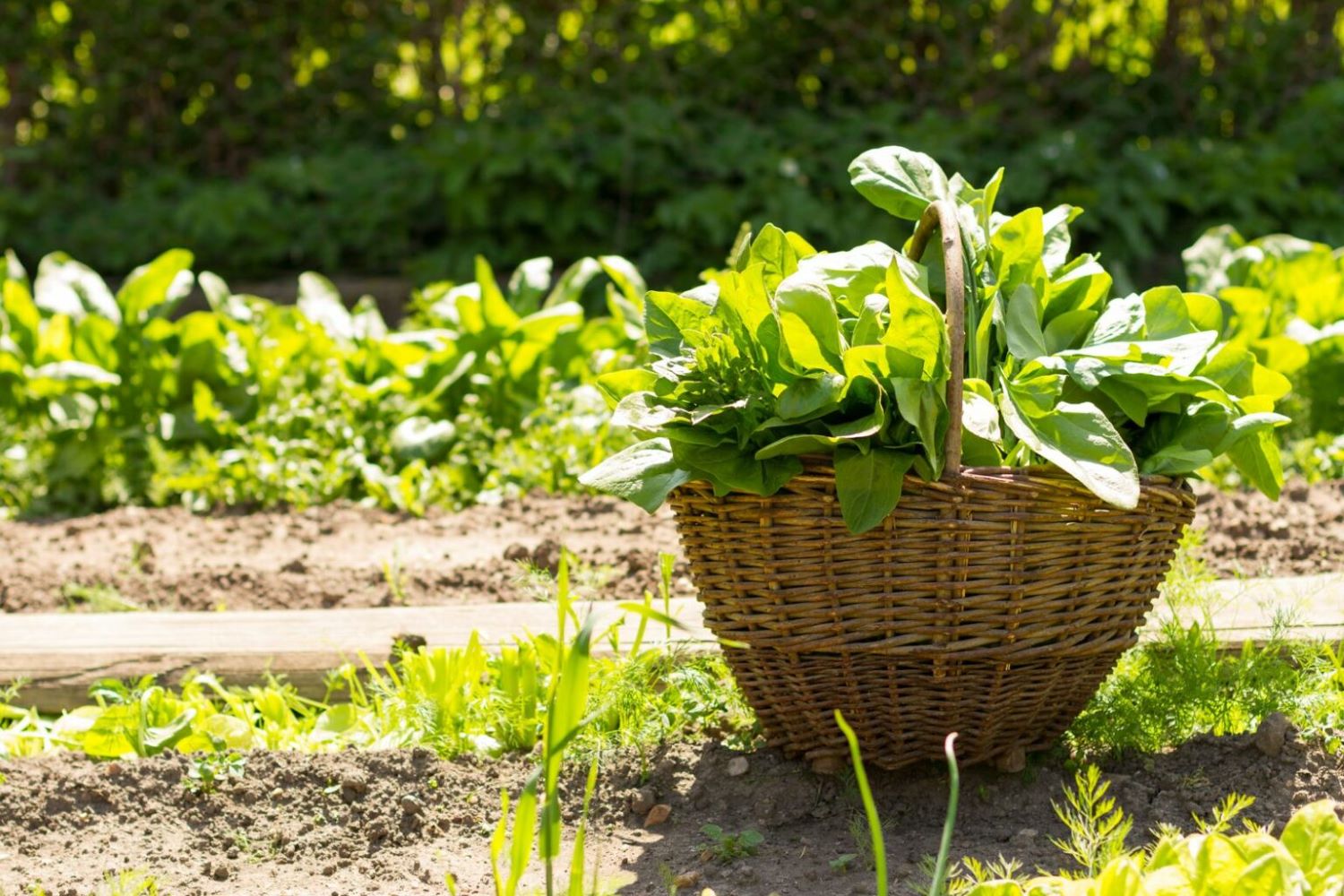
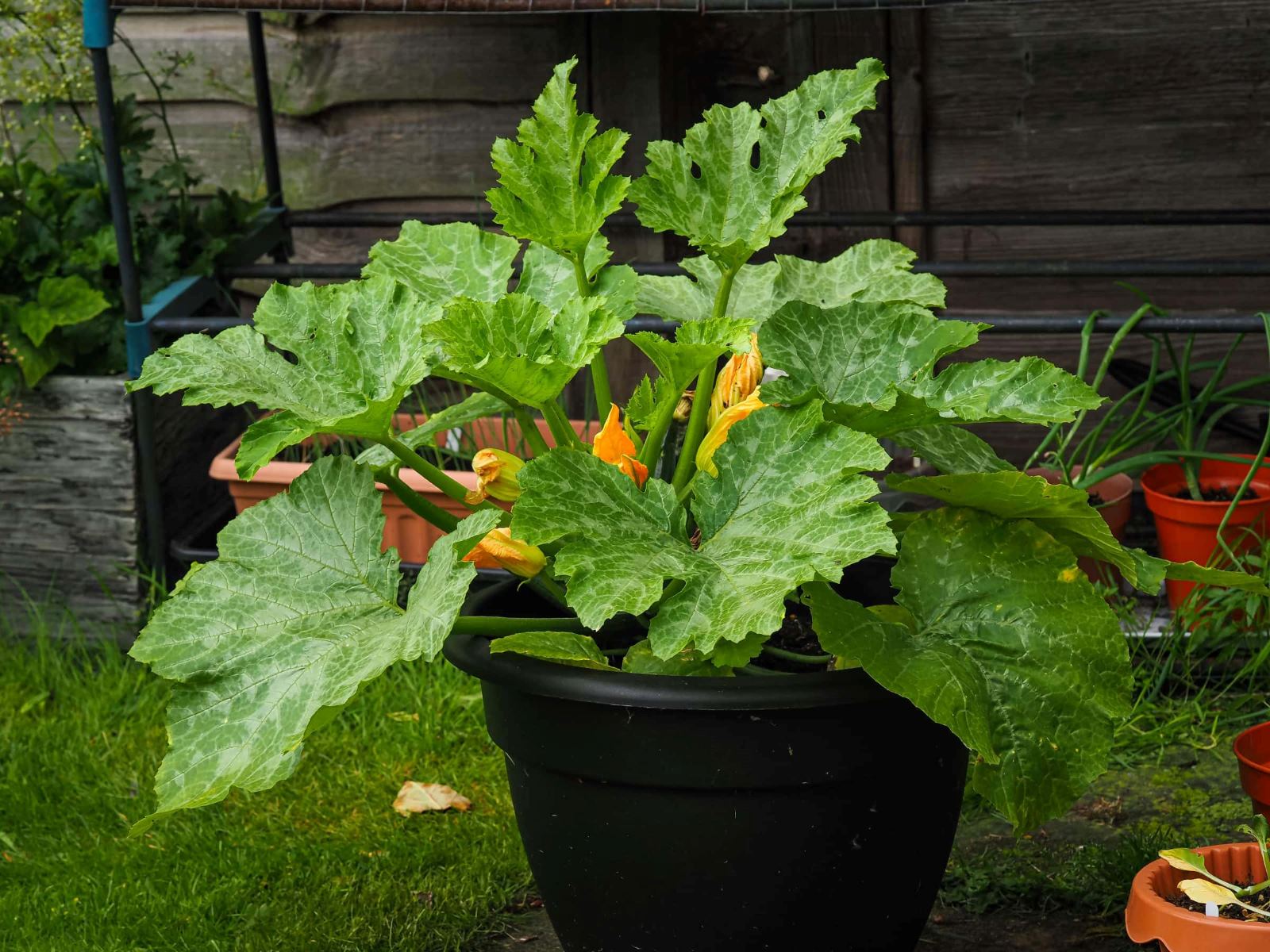
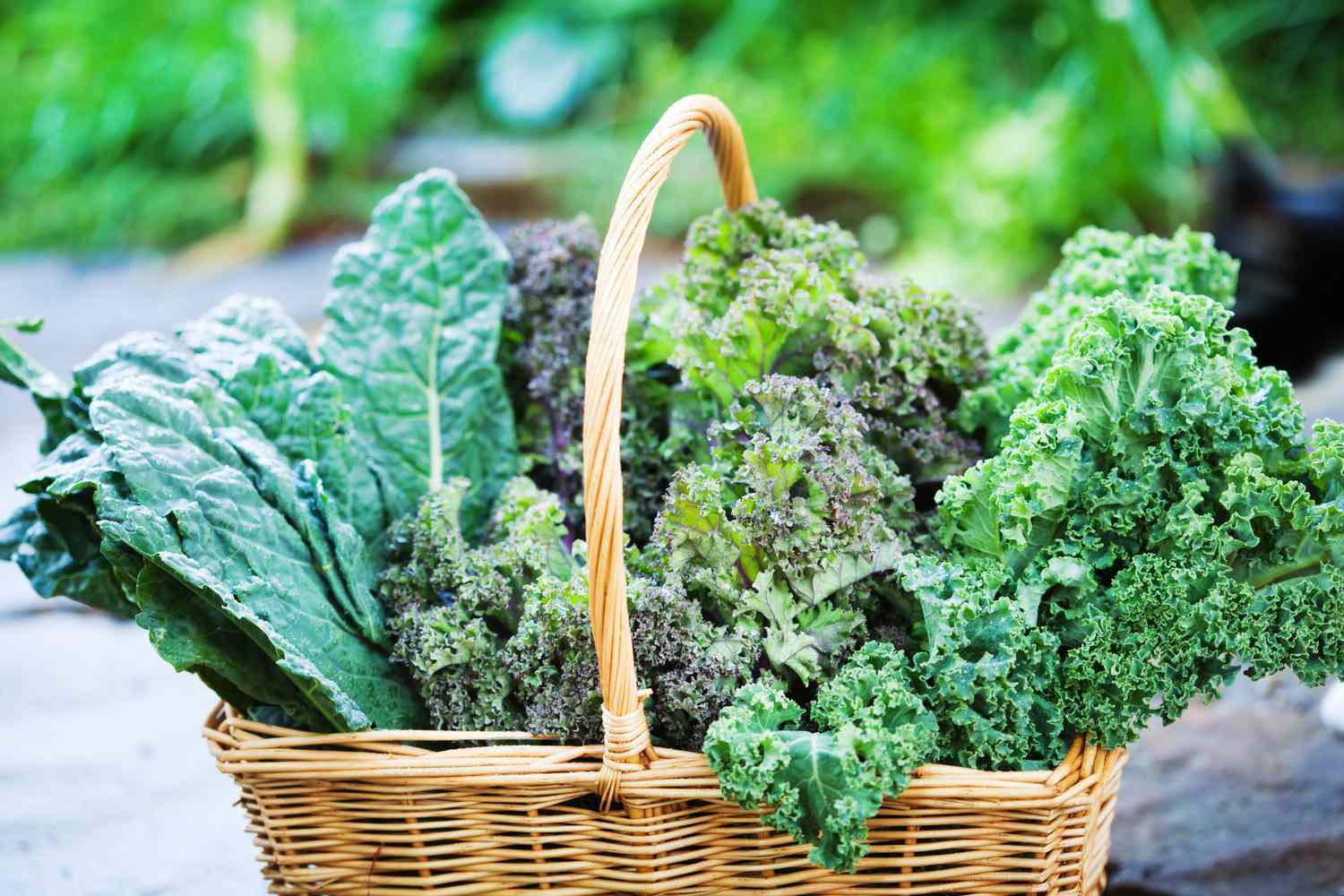
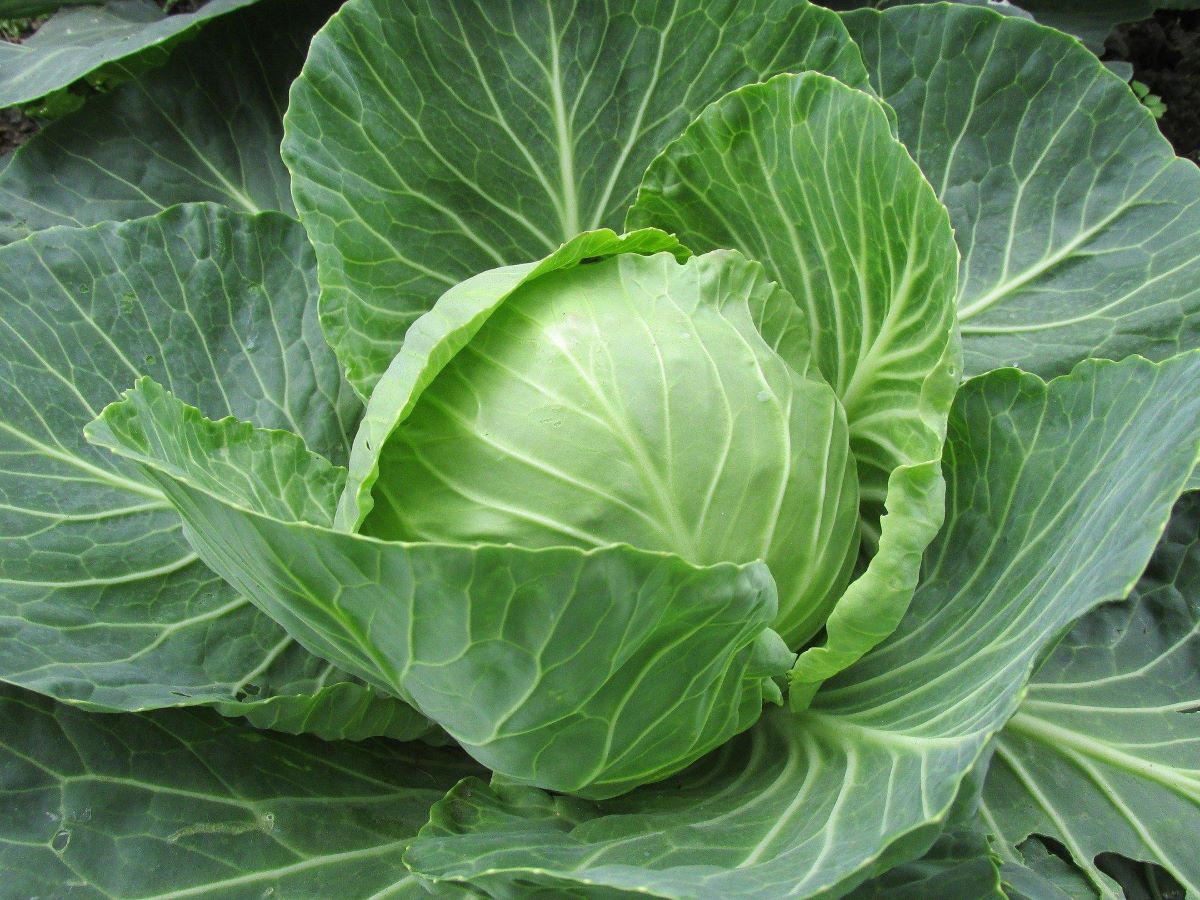

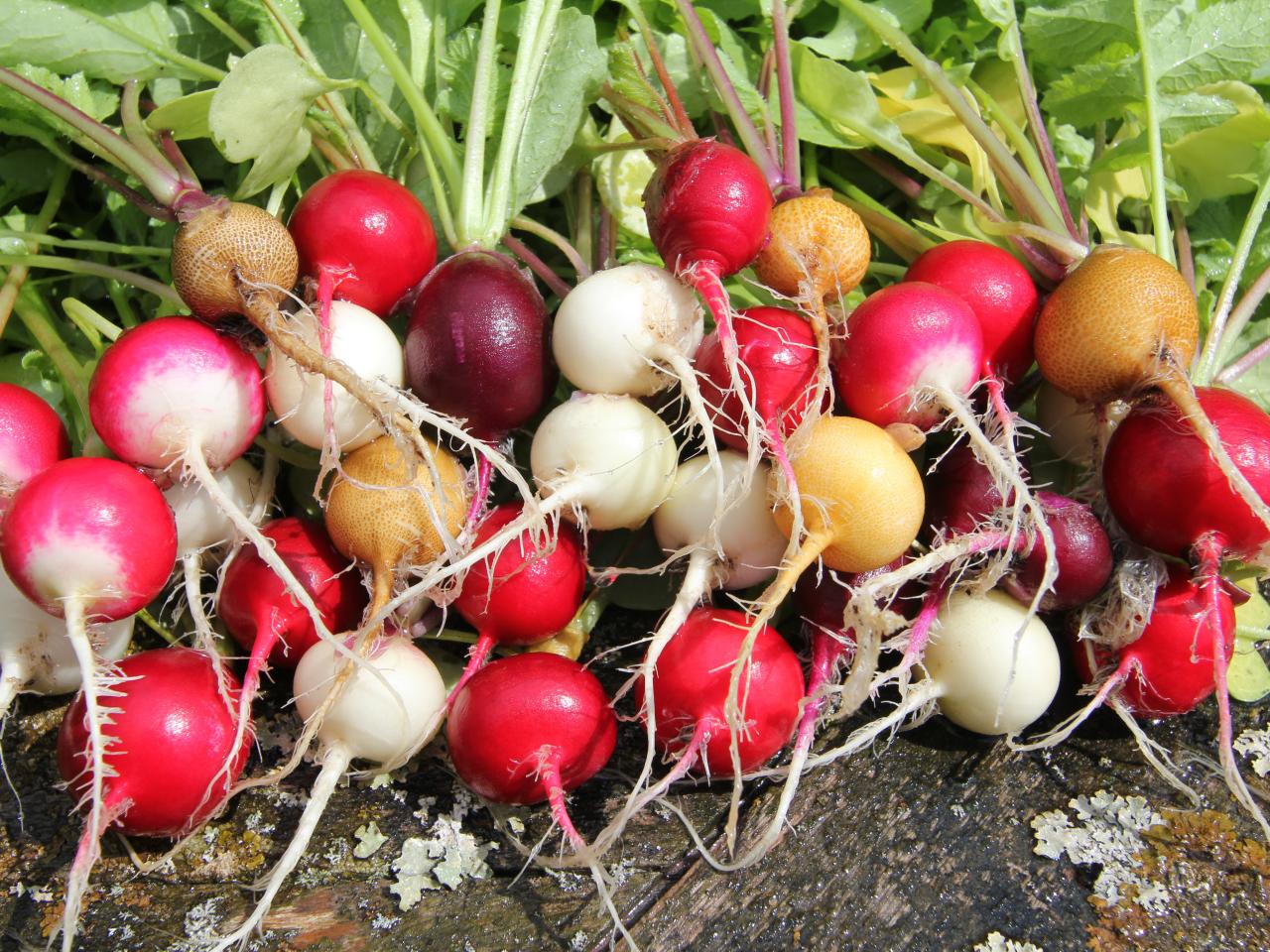

0 thoughts on “How To Store Vegetables From Garden”